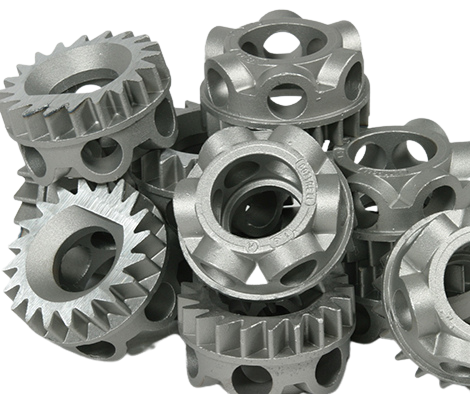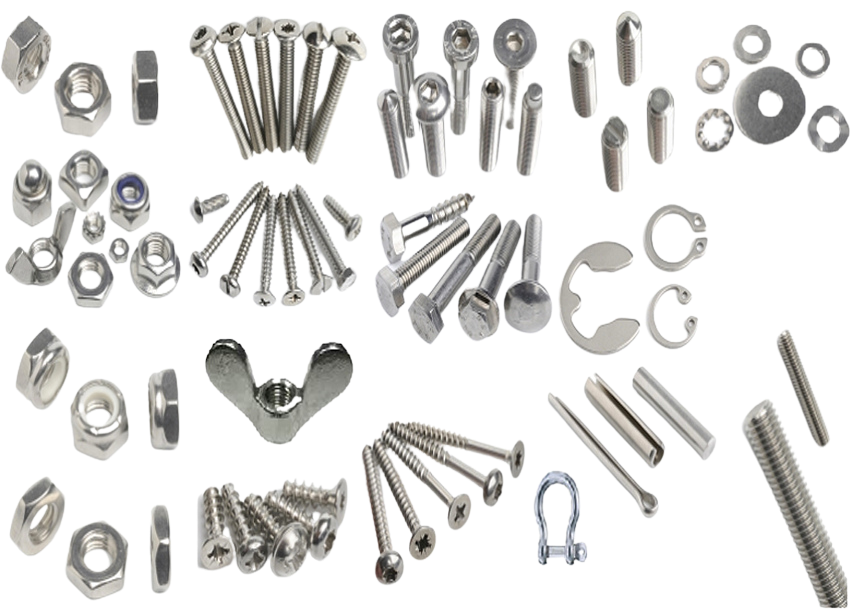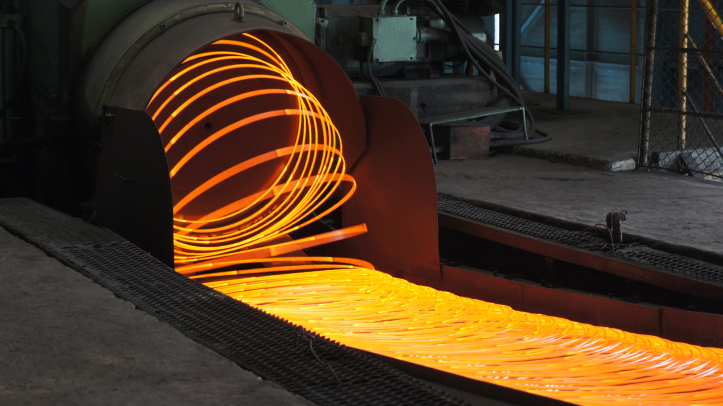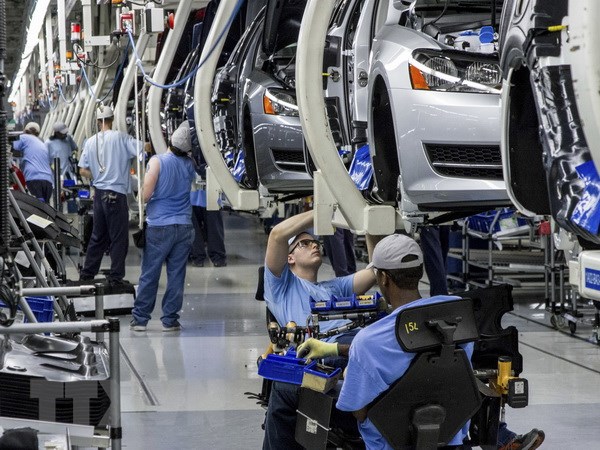7 CHALLENGES WHEN COLLECTING IMAGE DATA FOR MACHINE VISION SYSTEMS
The reality of difficulties in industrial image acquisition:
Image data acquisition contributes to 85% of the success of a machine vision solution. The workflow of a typical AI-based Machine Vision system includes 4 steps:
Step 1: Set up the camera system, lens, light to optimize the acquisition process.
Step 2: Data preparation is done by collecting and processing training images.
Step 3: Deep learning training packages, specialized network models are used to optimize the models.
Step 4: The optimized model is deployed to the system and monitored for accuracy and stability
Image acquisition is a complex process and has many challenges. Especially in industrial environments, it is often accompanied by many problems that make it increasingly difficult to obtain perfect images for visual processing or quality inspection.
1- Products with complex shapes

In the manufacturing industry, there are many parts with complex shapes. These parts have many faces, complex shapes and small details that can only be seen from certain angles. Such objects include design structures, cutouts, hollow spaces or complex internal details. To capture images of such parts for training machine vision systems, the parts need to be rotated and moved or multiple cameras must be used to capture different angles, capturing all the complexities of the object, so that defects in the production line can be detected with minimal errors.
2- Challenging Surfaces

Transparent or reflective surfaces present a challenge to image acquisition systems. Even in uniform lighting conditions, vision systems cannot adequately capture these surfaces for proper training and testing. Specialized lighting techniques are required to capture useful training images from such surfaces. These may include dome lighting, diffuse lighting, or any other lighting that ensures that the light is evenly distributed over the entire surface. The use of polarized light can also reduce the illumination hotspots that make imaging difficult.
3- A large number of variations

In any industrial business, there are many variations of parts and materials that are manufactured at large scale. All such systems or units that hold goods need to be thoroughly tested for defects. They differ in size, shape, color, geometry and production volume and AI needs to thoroughly test them for defects. A robust system can help design a good training dataset that has an even distribution of all such systems in terms of the defects that need to be addressed in it in proportion to their production volume. This avoids any bias in the training data due to unbalanced and skewed numbers.
4- Harsh Environment

The manufacturing industry has many operations that are performed in harsh environments with dust, fumes, or heat. Some environments are also hazardous to the people working in them. In harsh environments, the image acquisition system needs to function and deliver results. Housings with the correct IP rating can protect the hardware. Other types of housings are used for explosive environments. Harsh environments can affect the hardware of the system and the risks can completely damage the product. Consistent and correct use of protective layers on the acquisition device will protect the system and allow it to function properly.
5- Complex Material Handling
Harsh environments also affect the materials being inspected by the machine vision system. During the inspection process, the material must not be damaged for any reason. Sometimes, custom material handling systems need to be developed to cater to these materials. Better material handling translates into better image acquisition and therefore higher accuracy from the machine vision system due to the clarity of the image. For example, large-volume fasteners need to be provided with a feed system so that the camera can localize each object and capture images at the required angle and orientation.
6- Working Distance Constraints

Inspection of existing materials may need to be performed in conjunction with other human-involved tasks, or the machine vision system may require manual intervention at certain points in its operation. The location of the camera and the movement of the human must not interfere with each other. There may be a minimum working distance limit in larger plants or a maximum working distance limit in smaller, more confined spaces. The camera needs to be at an appropriate distance from the assembly line to inspect the parts. The use of specialized lenses can account for such working distance limitations.
7- High Resolution Required
When dealing with parts that have complex details and designs and sub-components that are very small and encapsulated within the main part, the use of a high resolution image acquisition system is essential. To capture small features, multiple cameras at different working distances can be used or a single high-resolution camera must be selected. High-resolution imaging has challenges associated with camera systems because traditional cameras such as area scan cameras cannot support such imaging due to the smaller number of pixels. Line scan imaging is a new technology that can produce high-resolution images to better display the features of the acquisition system.
Conclusion
The challenges in image acquisition are numerous but they can be well addressed through smart technology and design. AVATECH has overcome many of these image acquisition challenges, along with other barriers in the workflow. Having AVATECH as a partner in machine vision technology can expand a company's technological network, increase revenue and profits through the profitable integration of machine vision into the inspection process of various parts being manufactured and gain an advantage over competitors by using and up-to-date technology to automate all possible processes in the manufacturing sector.
